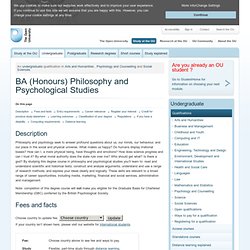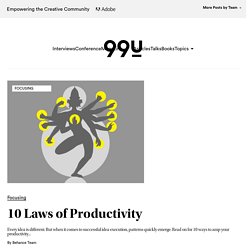

John Cage. Not to be confused with John Cale.

John Cage Cage is perhaps best known for his 1952 composition 4′33″, which is performed in the absence of deliberate sound; musicians who present the work do nothing aside from being present for the duration specified by the title. The content of the composition is not "four minutes and 33 seconds of silence," as is sometimes assumed, but rather the sounds of the environment heard by the audience during performance.[7][8] The work's challenge to assumed definitions about musicianship and musical experience made it a popular and controversial topic both in musicology and the broader aesthetics of art and performance. Cage was also a pioneer of the prepared piano (a piano with its sound altered by objects placed between or on its strings or hammers), for which he wrote numerous dance-related works and a few concert pieces. The best known of these is Sonatas and Interludes (1946–48).[9] Life[edit] 1912–31: Early years[edit] 1931–36: Apprenticeship[edit]
B43 - BA (Honours) Philosophy and Psychological Studies. On this page Description Philosophy and psychology seek to answer profound questions about us, our minds, our behaviour, and our place in the social and physical universe.

What makes us happy? Do humans display irrational biases? How can I, a mere physical being, have thoughts and emotions? Note: completion of this degree course will not make you eligible for the Graduate Basis for Chartered Membership (GBC) conferred by the British Psychological Society. Fees and facts Key facts If your country isn’t shown here, please visit our website for international students. Entry requirements There are no formal entry requirements to study this degree. Career relevance and employability The disciplines brought together in this degree in philosophy and psychology are highly regarded by employers, who prize graduates’ reasoning ability, clear thinking and specialist knowledge. This degree course develops skills vital to effective decision-making in complex organisations: Register your interest.
90% of All Self Help Books. Finding Your Work Sweet Spot: Genuine Interest, Skills & Opportunity. There are two types of work in this world.

The first is the laborious kind, which I call “work with obligation.” It’s work that we do because of a contractual obligation. The second – very different – type of work that we do is “work with intention.” When we are working with intention, we toil away endlessly – often through the wee hours of the morning – on projects we care about deeply. Whether it is building an intricate replica model of an ancient ship, or pulling an all-nighter to write a song or map out an idea for a new business, you do it because you love it.If you can put “work with intention” at the center of your efforts, you’re more likely to make an impact in what matters most to you. Over the years, I have met many creative leaders and entrepreneurs that have made an impact in their respective industries. The same thinking applies to successful creative projects.
10 Laws of Productivity. You might think that creatives as diverse as Internet entrepreneur Jack Dorsey, industrial design firm Studio 7.5, and bestselling Japanese novelist Haruki Murakami would have little in common.

In fact, the tenets that guide how they – and exceptionally productive creatives across the board – make ideas happen are incredibly similar. Here are 10 laws of productivity we’ve consistently observed among serial idea executors: Diffusion of innovations. The diffusion of innovations according to Rogers.

With successive groups of consumers adopting the new technology (shown in blue), its market share (yellow) will eventually reach the saturation level. In mathematics, the yellow curve is known as the logistic function. The curve is broken into sections of adopters. History[edit] How to Live With an Unknowable Mind. We know surprisingly little about our own personalities, attitudes and even self-esteem.

How do we live with that? How do you imagine your own mind? I sometimes picture mine as a difficult and contrary child; the kind that throws a stone at you for no reason and can’t explain itself. Or while at the beach it sits silent, looking miserable. Psychology of Teams. Halo Effect. The idea that global evaluations about a person bleed over into judgements about their specific traits.

The ‘halo effect’ is a classic finding in social psychology. It is the idea that global evaluations about a person (e.g. she is likeable) bleed over into judgements about their specific traits (e.g. she is intelligent). Hollywood stars demonstrate the halo effect perfectly. Because they are often attractive and likeable we naturally assume they are also intelligent, friendly, display good judgement and so on. That is, until we come across (sometimes plentiful) evidence to the contrary. In the same way politicians use the ‘halo effect’ to their advantage by trying to appear warm and friendly, while saying little of any substance. But you would think we could pick up these sorts of mistaken judgements by simply introspecting and, in a manner of speaking, retrace our thought processes back to the original mistake.
Cognitive Dissonance.